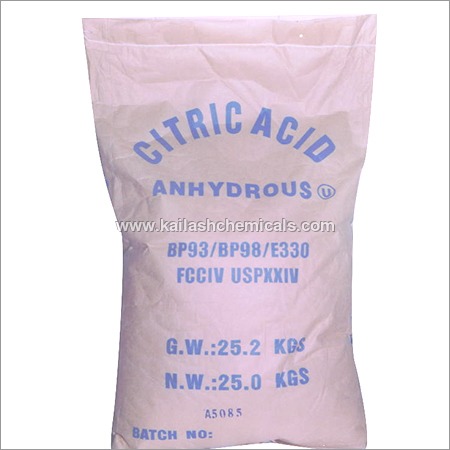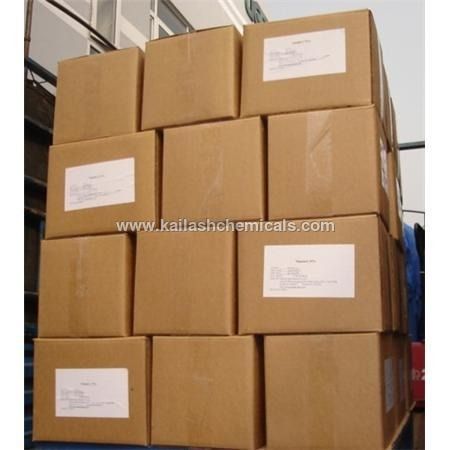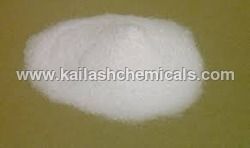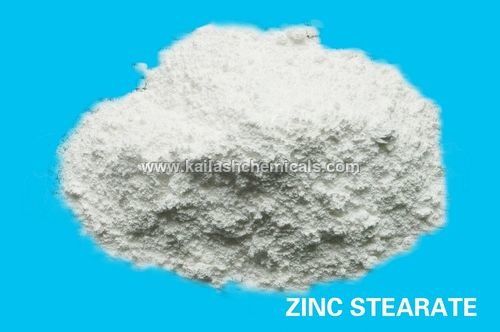Citric Acid
100 INR/Kilograms
Product Details:
- Classification Organic Chemical
- Other Names Calcium Formate
- Standard Food Grade
- Solubility In Water
- Purity 99%
- Color White
- Click to View more
X
Citric Acid Price And Quantity
- 10000 Unit
- 100 INR/Kilograms
Citric Acid Product Specifications
- Food Grade
- Calcium Formate
- White
- Organic Chemical
- 99%
- In Water
Citric Acid Trade Information
- 200 Unit Per Day
- 2-3 Days
- All India
Product Description
| Form | Powder |
| Packaging Size | Bag |
| Packaging Type | Air tight |
| Is It Organic | Organic |
| Storage Temperature | Room temprature |
| Brand | chemical synthesis and as dietary supplements |
| Country of Origin | Made in India |
Tell us about your requirement

Price:
Quantity
Select Unit
- 50
- 100
- 200
- 250
- 500
- 1000+
Additional detail
Mobile number
Email









